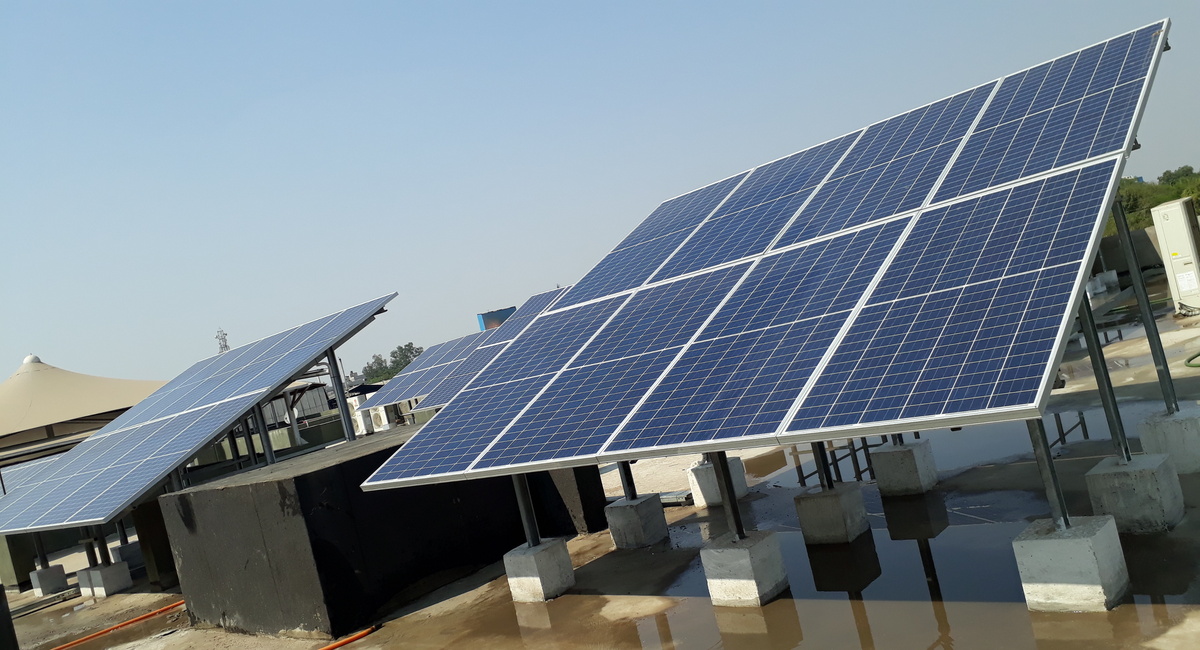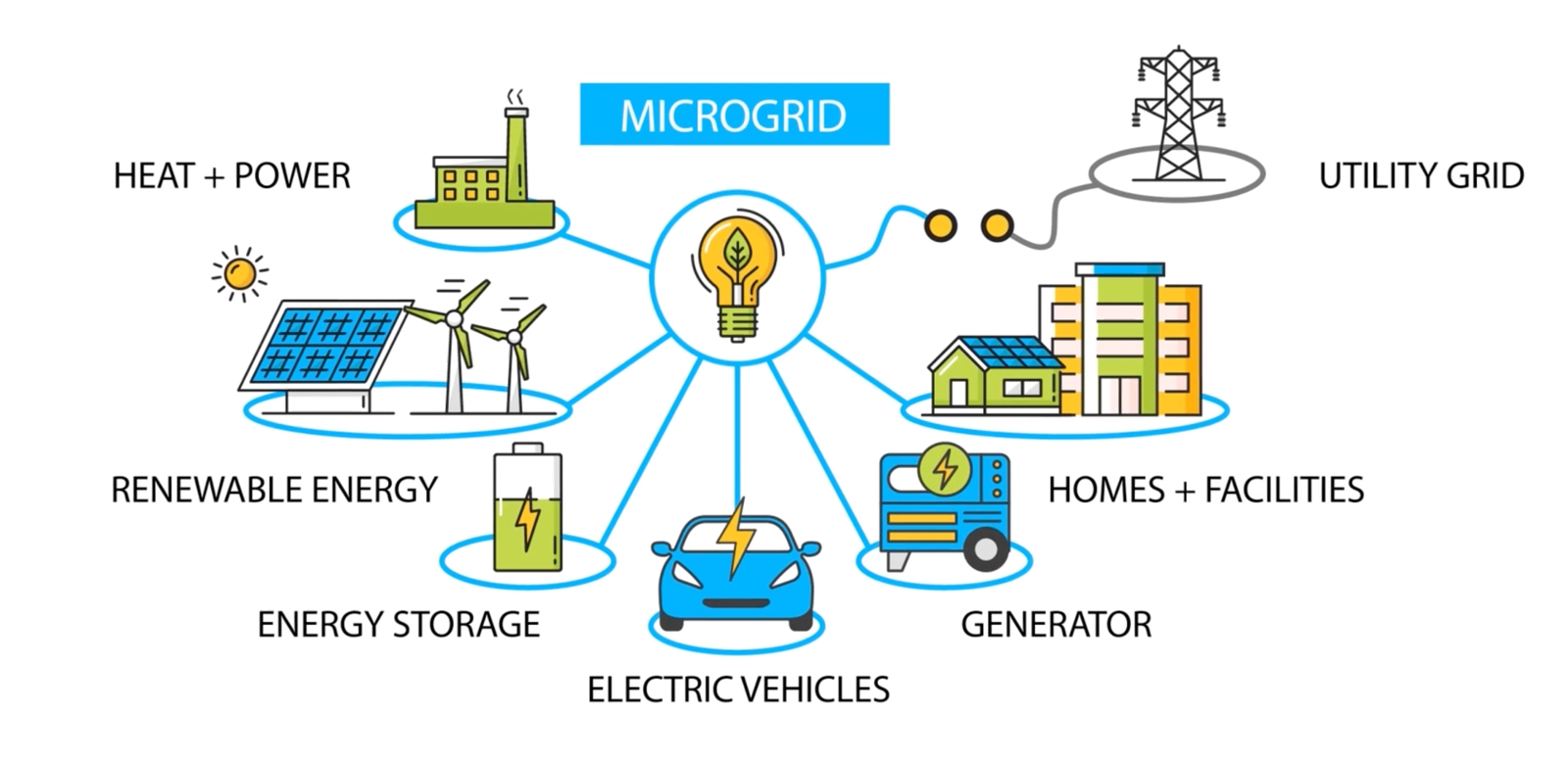apply for the winter 2026 citizens planning academy!
The Citizens Planning Academy is returning early in the new year with a new schedule. Learn more and apply today!

Ask an Advocate: What in the world is a "microgrid"?
Dear Ask an Advocate,
I’ve been hearing about “microgrids” for years, but especially since the widespread power outages caused by Hurricane Helene last fall. What are microgrids, and are they something we could utilize in the Upstate?
Sincerely,
Puzzled in Pickens
Hi Puzzled,
You’re right — Helene’s destruction left over one million residents living without power. The extent of the outages shows we must continue enhancing our energy infrastructure for extreme weather events. Our traditional power grid, while robust, has become increasingly prone to single points of failure that plunge entire communities into darkness.
Microgrids — localized energy systems that can operate independently in “island-mode” or in conjunction with the traditional grid — are one answer to energy failures caused by storms.

They allow communities to generate and manage their own power sources, which can include renewable energy options. This is great news when it comes to public safety, economic stability, and recovery efforts after an outage.
What exactly makes microgrids so promising as our region experiences an increasing number of severe weather events? There are many benefits, but here are three of the most compelling.
First and foremost, microgrids are less vulnerable than the traditional energy grid. Essentially, a neighborhood with a microgrid can disconnect — or “island” — itself from damaged areas in the utility grid during a storm, allowing residents to keep powering the things most needed during a disaster.
For example, Bennettsville, SC, has a microgrid designed and managed by Power Secure, based in North Carolina. The 22.5 megawatt microgrid supports the entire town’s energy load with 100% backup capacity. This allows them to keep powering hospitals, emergency services, gas stations, and medical devices even when the main grid is down.
Microgrids are also very customizable. They come in a range of sizes, and can be owned publicly, privately, or as a public-private partnership. Depending on a community’s needs, they may be powered by traditional fuels or configured to use clean energy sources like solar power. These various microgrid structures empower communities to choose the best solution for their energy demands while fostering innovation and collaboration.
Another benefit to microgrids: they are easier to update and offer more flexibility than a traditional grid when it comes to using clean energy sources. While the microgrid in Bennettsville currently relies on diesel or natural gas engines, Power Secure also offers advanced microgrid systems utilizing renewable energy. This flexibility allows Bennettsville to explore integrating cleaner technologies while retaining reliable power delivery.
Transitioning to microgrid systems will require collaboration among many stakeholders. Upstate Forever is working to educate lawmakers on this issue, so that they can prioritize policies for adopting microgrid technologies and create a regulatory environment with appropriate classifications, requirements, codes, and standards.
We must also acknowledge that technical assistance and design costs are common barriers facing communities who are often most vulnerable to extended power outages.
I hope we’ll continue to see more communities implementing microgrid technologies. Together, we can build a more resilient region that is better prepared to face future storms.
Michael Coleman is the Energy Advocate for Upstate Forever. You can email him at mcoleman@upstateforever.org.
